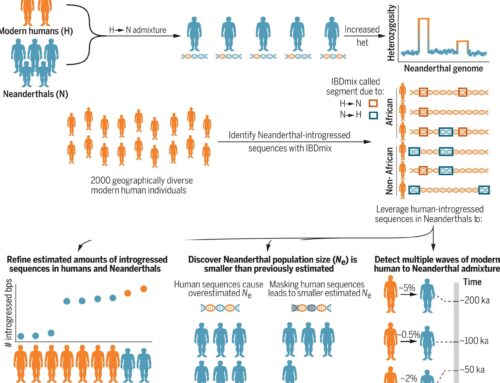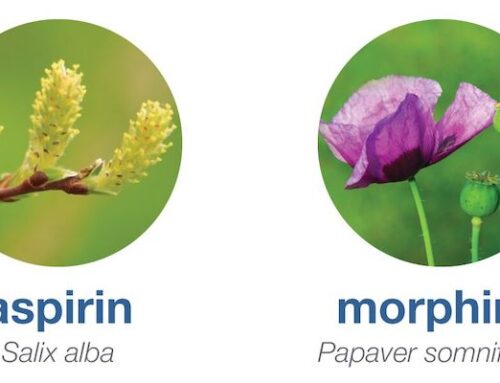Original article from the New York Times
Katharine Moser chose to find out her genetic destiny in 2005. We revisit her story on her 40th birthday.
More than 15 years ago, Katharine Moser became part of the vanguard of genetic testing. While in her early 20s, she decided to find out whether she had a form of a gene that meant she was guaranteed to get Huntington’s disease — a fatal, incurable disease that ran in her mother’s family and typically begins to ravage people’s bodies and minds by middle age.
When the counselor at a Manhattan hospital told Moser that her test for the Huntington’s gene had come back positive, she asked what she was supposed to do.
“What do you want to do?” the counselor asked.
“Cry,” Moser said quietly.
Her heroic struggle to plan the rest of her life was the subject of a story that ran on the front page of The Times on March 18, 2007. It was the opening article in a series about the burgeoning field of genetic testing that my colleague Amy Harmon wrote and that won a Pulitzer Prize the following spring. As Amy noted, Moser represented the rising number of Americans who were choosing to find out their genetic destiny.
At the time, some of Moser’s friends thought she was making a mistake by being tested and was naïve about what a positive result would mean for her well-being. Others thought it was a brave decision that would allow her to live the next couple of decades on her terms. “I want to know,” as Moser put it.
Today is Moser’s 40th birthday. She remains healthy, although her Huntington’s symptoms will probably begin before she turns 50. I have asked Amy to use today’s newsletter to tell you about Moser’s life since the original story ran.

Credit…Family Photo
Amy Harmon writes:
What is it like to live with the knowledge of an almost-certain future foretold in your genes? That was the question I was assigned to tackle when I began to follow Katie Moser after her genetic test for the Huntington’s gene came back positive. But there was no simple answer.
Some days it seemed like an unbearable burden. Others, it seemed to imbue her with energy and purpose. As months ticked by and I kept looking for clues — at Katie’s 25th birthday party, at the facility where she worked as an occupational therapist, at a family bowling night with her aunt Loretta, who also had the gene variant — Katie asked if I was sure I still worked at The New York Times.
She had agreed to participate in the story in the hopes that an account of her experience would help others weigh whether to get the pre-symptomatic genetic test. But if I just liked hanging out with her, she assured me, that was OK too.
Fortunately for me, our relationship did not end with the story’s publication. And though I may not be any closer to a definitive answer to that question, it seems clear, looking back over my emails and texts with Katie, that the information spurred her to live in the moment.
She did Polar Bear dips on Super Bowl Sundays in Long Beach and took spur-of-the-moment trips to Hawaii, Costa Rica and South Africa. In 2008, she left her occupational therapy work to become a patient advocate at a pharmaceutical company seeking to build relationships with people who have movement disorders. In 2017, she met Pope Francis, who was hosting families affected by Huntington’s for a blessing at the Vatican. In 2018, she ran the New York City Marathon to help raise money for the Huntington’s Disease Society of America. “Apparently I was too slow to make it into the NYTimes,” she texted me.
“It definitely made me look at things differently,” Katie told me recently. “Both the realization that, ‘Oh, I have to plan for the future,’ but also, like, ‘If I can do this fun trip right now, I’m definitely going to do it.’”
Katie also sought to use her genetic knowledge to have a biological child without passing on the gene variant. In 2011, she underwent two rounds of in vitro fertilization to create embryos with donated sperm, first securing a promise from a cousin to care for a child should Katie become symptomatic earlier than expected. But in what her friend Colleen recalls as a “high pain moment,” all of the viable embryos, when screened, turned out to have the disease-causing gene.
Katie set aside her hopes of becoming a parent. She remains estranged from her own mother, who learned only through Katie’s test result that she herself carried the variant.
Katie has participated in every Huntington’s research study that came along, including traveling to the University of Iowa for three spinal taps. And she has advised dozens of other people with Huntington’s in their family. It is an individual decision, she counsels them. It may be easier to live without knowing. It just depends on who you are.
“I don’t advise them to not get tested, but I do advise them to just, you know — to think about it,” she told me. “Because once you find out, you can’t not find out.”
The failure, this spring, of a clinical trial for what had seemed like a promising Huntington’s treatment was a blow.
But Katie’s sense of humor remains intact. She has returned to working as an occupational therapist in upstate New York, where she lives with her dog, Penny, and a friend who has promised to care for Penny should Katie no longer be able to.
She recently reminded her Facebook followers that she shares a birthday, July 14, with the folk music icon Woody Guthrie, who died of complications from Huntington’s in 1967, and invited them to an auction fund-raiser that she is hosting to celebrate her 40th.
“Most posts in summer are about ‘beating the heat,’ but this post is about winning a scarf!” she wrote. “I still have a long way to go (probably, definitely need more yarn).”
She promised it would be done by winter.



